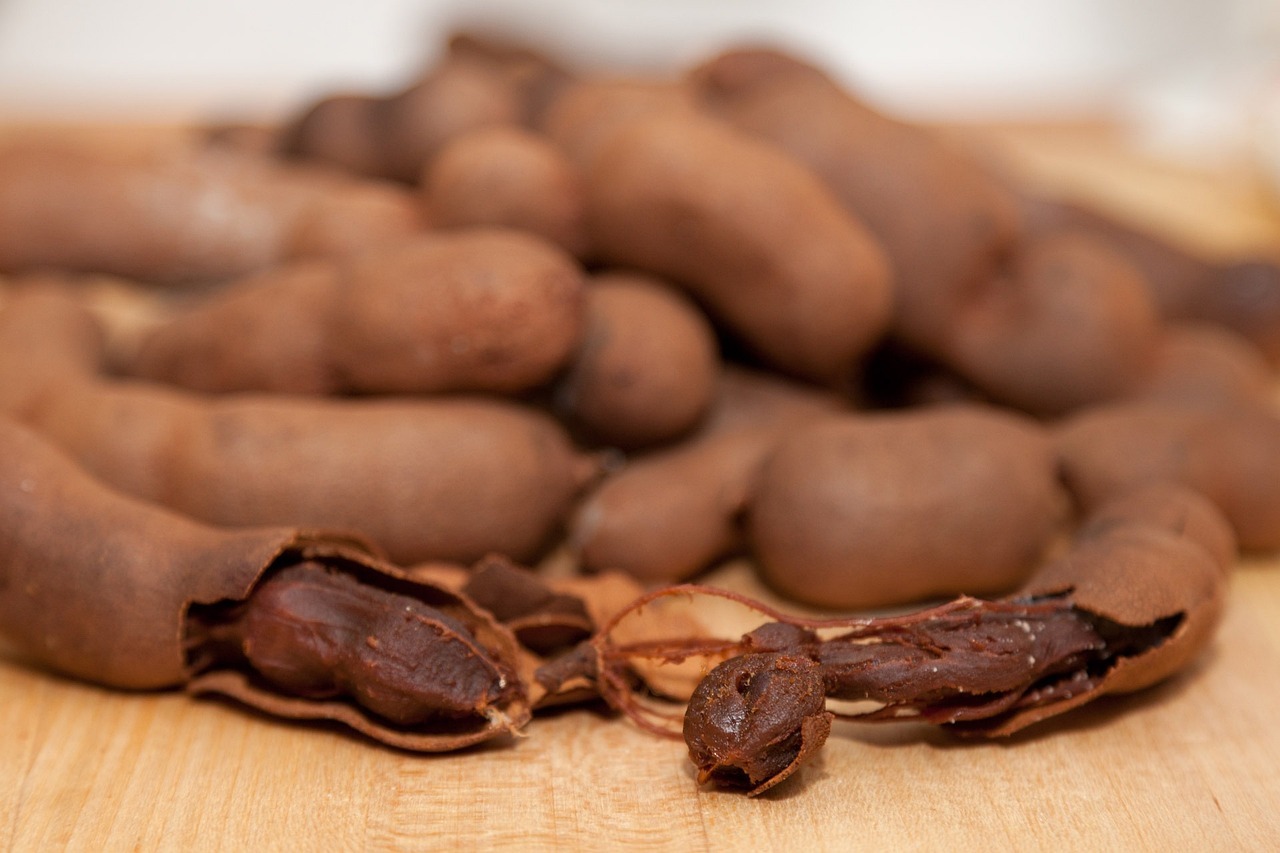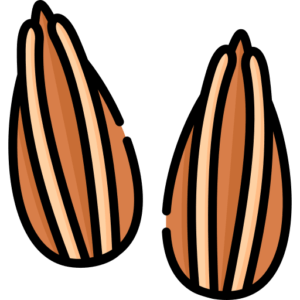Tamarind is a fruit that grows on a hardwood tree native to Africa, but also found in India, Pakistan, and other tropical regions. It’s a legume, similar to peanuts, soybeans, and chickpeas. The fruit is made up of bean-shaped pods that are cinnamon-brown to clay-colored on the outside, and contain a green, tender, and succulent flesh. The flesh is highly acidic when the fruit is young, but as it matures, the pod becomes brittle and the flesh dehydrates into a paste-like form that’s dark brown in color. At this stage, the fruit is sweeter and less acidic, and is often used in cooking. The seeds also change, becoming flat, hard, and glossy brown.
Tamarind has a unique, sweet-sour flavor that’s been described as tasting like sour cherries with molasses, tangy lemon or lime with caramel notes, or a cross between lemon, apricot, and dates. It’s used in many cuisines around the world, including Asia, Africa, and the Middle East, in dishes like curries, chutneys, sauces, and tamarind candy.
Tamarind also has potential health benefits, including anti-allergic properties that may help with allergic asthma and cough, and fever-reducing properties. The leaves may also be effective for malaria.






Reviews
There are no reviews yet.